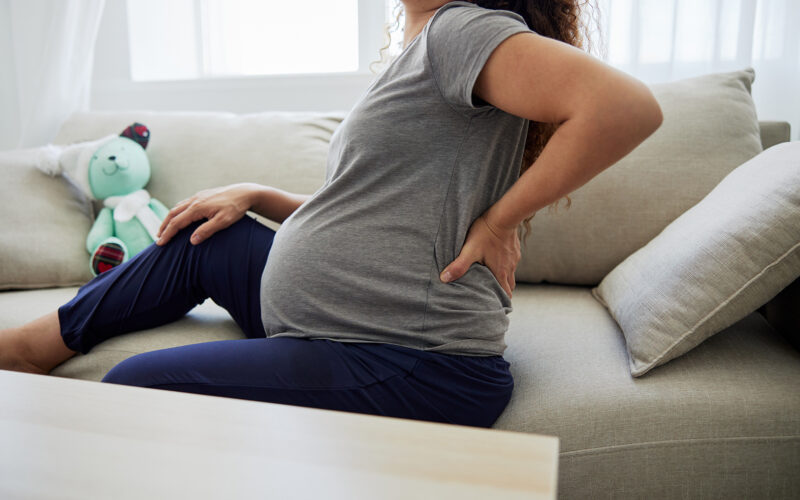Pregnancy is a beautiful journey but, unfortunately, for some women, it can also bring unexpected complications. These include intrahepatic cholestasis of pregnancy (ICP) and pre-eclampsia (PE) syndrome.
I recently carried out a comprehensive research study investigating the relationship between these two pregnancy complications as part of my PhD requirements. Here is a brief summary of the findings.
What is intrahepatic cholestasis of pregnancy?
ICP is a liver condition that can happen during pregnancy, usually in the last three months. It causes bile – a digestive fluid made by the liver − to build up in the bloodstream. This leads to severe itching, especially in the hands and feet. While itching seems like a minor issue, the condition can lead to serious risks for the baby with premature birth and, rarely, stillbirth.
What is pre-eclampsia?
PE is a condition where a pregnant woman develops high blood pressure with other signs of liver or kidney problems. This can pose a risk to both the mother and the baby.
Since both conditions affect the liver and can produce similar results in blood tests, I wanted to know whether these two conditions are related, whether they are the same condition presenting in a different manner or whether they are completely different.
How was the study conducted?
The study was carried out in two parts.
The first part looked into national health records between 2011 to 2015. The data of over 20,000 pregnant women in Malta was analysed to find out how many cases of ICP and PE had been registered. Then, the medical results and the health outcomes for women with both conditions were analysed and compared with the results of women who had normal pregnancies.
The second part of the study followed new groups of pregnant women in real time. These women were between 32 to 38 weeks pregnant and were divided into three groups: those with itching (possible ICP), those with high blood pressure (possible PE) and those with neither condition (the control group).
With their consent, doctors collected medical and blood test information, and the women were followed up until after birth.
Some also gave samples for genetic testing to see if certain inherited traits might make them more likely to develop these conditions.
What did the research find?
The first part of the study determined the rate of ICP in Malta − this was previously unknown. Sixty-six women suffered from this condition at the time, giving a rate of 0.32% of all pregnancies. The number of women with PE was 105, giving a rate of 0.51%.
Although both groups had abnormal liver function, each condition had its own set of characteristics, suggesting that they are distinct and separate disorders.
The second part of the study followed 166 women. Interestingly, while blood tests in ICP and PE cases showed similar abnormalities, the severity and pattern of the test results were different.
“This research is especially important in a small country like Malta, where identifying local genetic patterns can improve national health strategies”
In particular, changes in cholesterol and fat levels in the blood known as the lipid profile were pronounced and statistically significant in women with ICP.
The genetic analysis of the study was also revealing. Five specific gene variants were found in women with ICP. Most notably, three variations in the ABCB4 gene – known to be involved in how bile flows in the liver − were discovered in five patients.
One of these variants, called p.Asn510Ser, seems to be more common in Malta and may
represent a “founder effect”, meaning it was passed down through generations from a common ancestor.
What does this all mean?
Although ICP and PE may look similar in some ways and both affect liver function, the study shows they are not part of the same disease spectrum.
The study also highlights a promising way forward: genetic screening and lipid profile which could help us doctors spot women who are at risk of developing ICP.
This early detection could allow for better monitoring, earlier treatment and, ultimately, healthier outcomes for both mother and baby.
Why does it matter?
This research is especially important in a small country like Malta, where identifying local genetic patterns can improve national health strategies.
Understanding which women are most at risk could lead to new guidelines for pregnancy care tailored for the Maltese population.
For the time being, pregnant women should speak to their doctor if they notice unusual symptoms like itching or high blood pressure. Early testing and proper follow-up can make a big difference.

Dorianne Spiteri is a consultant in obstetrics and gynaecology with special interest in hypertensive disorders of pregnancy at Mater Dei Hospital. Her PhD was funded following the award of a Tertiary Education Scholarship Scheme.










